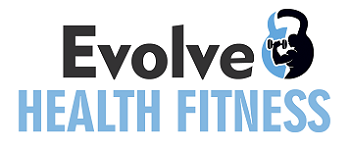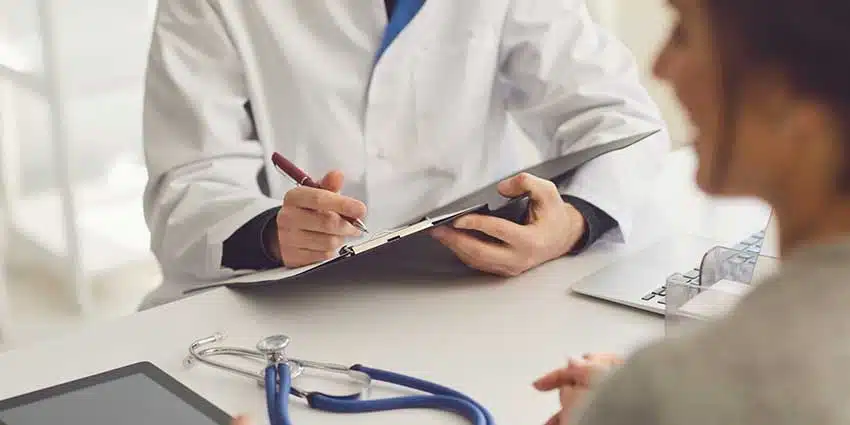A Comprehensive Guide to Microbiology Testing: Methods, Uses, and Best Practices
How Microbiology Testing Supports Various Industries
Microbiology testing plays a crucial role in many industries by ensuring that products are safe, sterile, and free from contaminants.
Understanding Microbiology Testing
What It Is and Why It Matters
Microbiology testing involves identifying, measuring, and analyzing microorganisms such as bacteria, viruses, fungi, and protozoa. These tests are essential in many industries, helping to maintain product safety, protect public health, and support environmental sustainability.
In the food industry, microbiology testing helps prevent the spread of foodborne pathogens, keeping consumers safe and ensuring compliance with regulations. In healthcare, these tests support the diagnosis and treatment of infectious diseases. Environmental microbiology testing is used to check water quality, assess soil conditions, and detect contaminants in the air, helping to protect ecosystems. In industries like pharmaceuticals and cosmetics, microbiology testing ensures sterility and maintains product quality.
Overall, microbiology testing helps detect harmful microorganisms, monitor cleanliness, validate sterilization processes, and maintain the safety of products and environments.
Areas Where Microbiology Testing is Used
Microbiology testing is widely used across different industries. Each industry applies specific testing methods to meet regulatory standards and ensure safety and quality.
- Food Industry: Ensures that food products are free from dangerous microorganisms like Salmonella, Listeria, and E. coli, which can cause serious illnesses. Testing includes checking for pathogens, monitoring spoilage organisms, and evaluating hygiene during food production and packaging. This process helps businesses comply with regulations and maintain consumer trust.
- Healthcare: Helps diagnose infections and guide treatment decisions. Microbiology testing in hospitals and laboratories includes blood cultures, wound swabs, and respiratory tests to identify bacterial, viral, or fungal infections. Advanced methods like antimicrobial susceptibility testing help doctors choose the best treatment, reducing antibiotic resistance.
- Environmental Monitoring: Tests for microbial contamination in water, air, and soil. These tests ensure drinking water is safe, air quality is maintained, and soil conditions support agriculture. Examples include checking for coliform bacteria in water, measuring airborne fungal spores, and analyzing soil microbes.
- Industrial Applications: Ensures that pharmaceutical products, cosmetics, and medical devices are free from harmful microorganisms. Testing includes sterility checks, endotoxin detection, and microbial limits testing to ensure safety and compliance with regulations.
Common Microbiology Testing Methods
Traditional Culture-Based Techniques
These methods involve growing microorganisms in controlled conditions to identify and count them. They provide detailed information about microbial growth, structure, and behavior.
- Agar Plate Method: Used to isolate and count bacterial colonies.
- Broth Cultures: Detect microorganisms in liquid samples.
- Gram Staining: Differentiates bacteria based on their cell wall structure.
Culture-based methods are highly accurate and useful for studying microbial behavior, but they take time and require trained personnel. Despite these challenges, they remain an essential part of microbiological analysis.
Modern Rapid Testing Methods
Rapid microbiology tests provide faster results, improving decision-making in industries that need immediate microbial detection. These tests are highly sensitive and efficient.
- Polymerase Chain Reaction (PCR): Detects microbial DNA or RNA with high accuracy.
- Enzyme-Linked Immunosorbent Assay (ELISA): Identifies antigens or antibodies related to specific microorganisms.
- Lateral Flow Assays: Provides quick results for pathogens in food and clinical samples.
Rapid methods offer speed and precision but often require specialized equipment and trained personnel. They are widely used in food safety, healthcare, and pharmaceutical industries due to their efficiency.
Emerging Microbiology Testing Technologies
- Next-Generation Sequencing (NGS): Provides detailed analysis of microbial communities, useful in clinical and environmental research.
- Microfluidics: Uses small fluid channels for high-speed microbiological testing with minimal sample sizes.
- Mass Spectrometry (MALDI-TOF): Identifies microorganisms based on their protein profiles.
Key Industries That Rely on Microbiology Testing
Food and Beverage
Food safety testing ensures compliance with regulations and prevents foodborne illnesses. Common tests include:
- Pathogen Detection: Identifies harmful microorganisms like Salmonella, Listeria, and E. coli. Advanced techniques such as PCR and ELISA provide quick and accurate results.
- Shelf-Life Studies: Determines how long a food product remains safe and retains quality under specific storage conditions.
- Spoilage Organism Identification: Detects microorganisms responsible for food spoilage, including molds, yeasts, and bacteria.
Pharmaceuticals and Biotechnology
Pharmaceutical companies use microbiology testing to ensure sterility, validate aseptic processes, and meet regulatory requirements. Key applications include:
- Endotoxin Testing: Detects bacterial toxins that can be harmful in injectable drugs and medical devices.
- Bioburden Testing: Measures the number of microorganisms in a sample, ensuring contamination levels are within acceptable limits.
- Mycoplasma Detection: Identifies bacteria that can contaminate cell cultures and biopharmaceutical products.
Environmental Agencies
Environmental microbiology focuses on monitoring water, air, and soil quality. Common tests include:
- Coliform Testing for Water Quality: Detects coliform bacteria to ensure drinking water safety.
- Soil Microbial Community Analysis: Assesses soil health and fertility by studying microbial diversity.
- Airborne Pathogen Detection: Identifies harmful microorganisms in the air, important in hospitals and cleanrooms.
Healthcare Facilities
Microbiology testing in healthcare is critical for infection control and patient diagnostics. Key tests include:
- Blood Culture Analysis: Detects bacteria or fungi in the bloodstream to diagnose infections.
- Antibiotic Susceptibility Testing: Determines which antibiotics are effective against bacterial infections.
- Detection of Healthcare-Associated Infections (HAIs): Identifies infections acquired in hospitals, such as surgical site infections and pneumonia.
Regulatory and Compliance Requirements
Industry Standards
Microbiology testing must meet strict regulatory guidelines to ensure safety and reliability. Important standards include:
- FDA (Food and Drug Administration): Regulates food, pharmaceuticals, and medical devices.
- EPA (Environmental Protection Agency): Oversees water quality and environmental safety.
- ISO 17025: Establishes requirements for laboratory competence.
- United States Pharmacopeia (USP) & European Pharmacopoeia (Ph. Eur.): Provide standardized testing methods for pharmaceuticals.
Quality Control Best Practices
To ensure reliable results, laboratories follow strict quality control measures:
- Proper Sample Collection and Handling: Prevents contamination and ensures accurate testing.
- Use of Certified Reference Materials: Helps maintain testing accuracy.
- Regular Equipment Calibration: Ensures laboratory instruments provide consistent results.
Common Testing Errors and How to Avoid Them
- Contamination: Prevented by maintaining a sterile lab environment and using proper hygiene.
- Improper Storage Conditions: Ensures that samples and reagents remain effective.
- Human Error: Reduced through ongoing staff training and adherence to standard procedures.
The Future of Microbiology Testing
Advances in Automation and AI
Automation and artificial intelligence (AI) are transforming microbiology testing by improving efficiency and accuracy. Automated systems reduce human error and speed up testing processes, while AI enhances data interpretation.
Rising Demand Due to Emerging Pathogens
As global travel and climate change contribute to the spread of diseases, there is a growing need for advanced microbiology testing. Rapid detection of new pathogens is essential for public health and disease prevention.
Final Thoughts
Microbiology testing is vital for ensuring safety and quality in multiple industries. By adopting new technologies, following best practices, and complying with regulations, laboratories can continue to deliver accurate and reliable results. As the field evolves, staying updated on new trends and innovations will be essential for maintaining high standards in microbiology testing.




